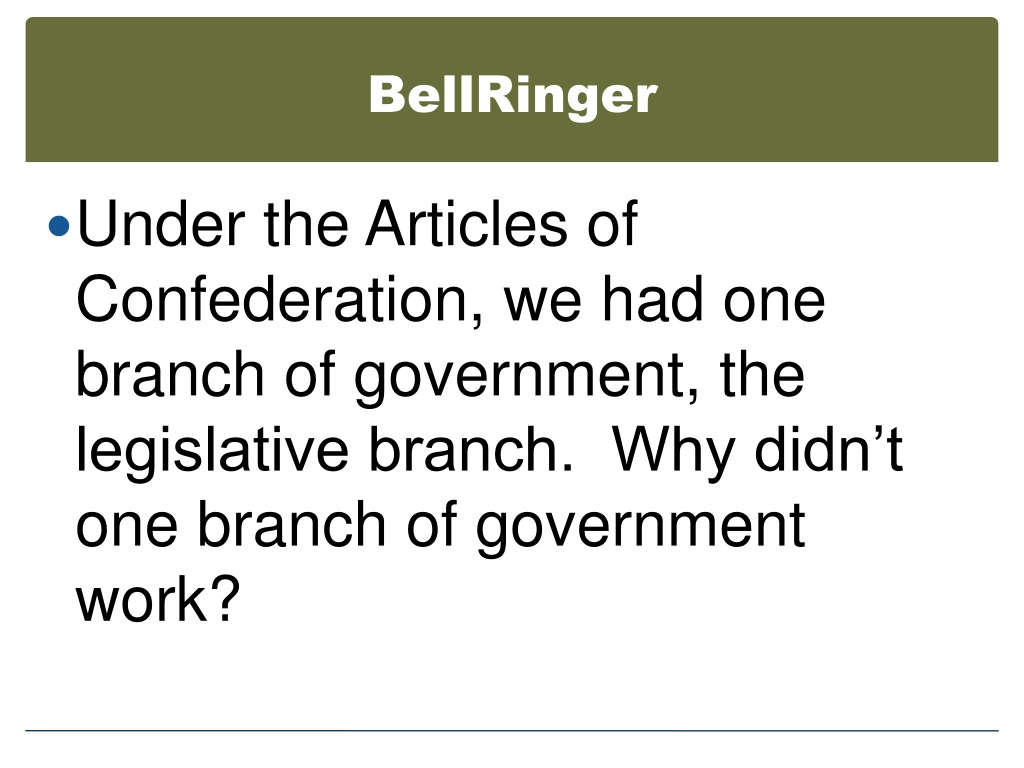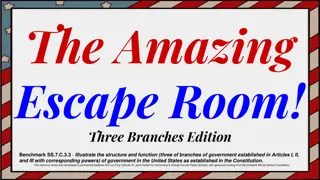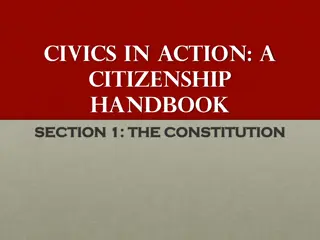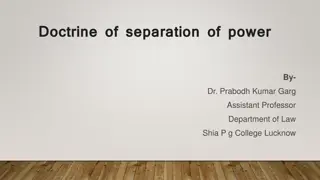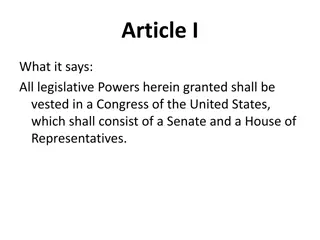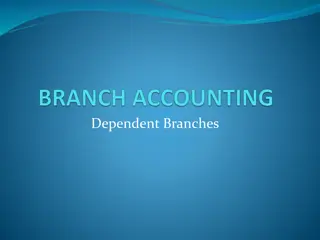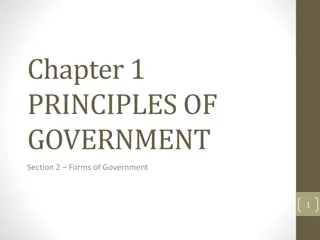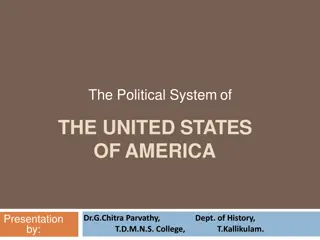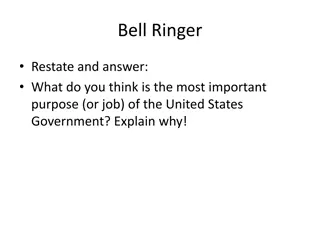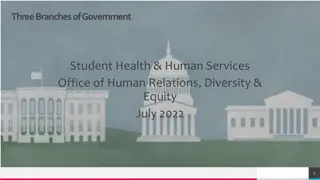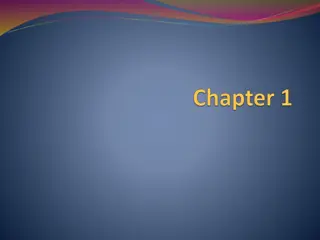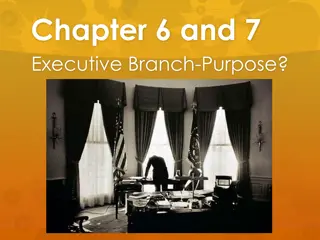Understanding the Three Branches of Government in the United States
The United States government is divided into three branches: legislative, executive, and judicial. This division of powers ensures a system of checks and balances, preventing any one branch from becoming too powerful. Each branch has specific roles and functions, such as making laws, enforcing laws, and interpreting laws. Understanding the three branches is crucial for comprehending how the U.S. government operates effectively.
Uploaded on Sep 27, 2024 | 0 Views
Download Presentation

Please find below an Image/Link to download the presentation.
The content on the website is provided AS IS for your information and personal use only. It may not be sold, licensed, or shared on other websites without obtaining consent from the author. Download presentation by click this link. If you encounter any issues during the download, it is possible that the publisher has removed the file from their server.
E N D
Presentation Transcript
BellRinger Under the Articles of Confederation, we had one branch of government, the legislative branch. Why didn t one branch of government work?
The Three The Three Branches of Branches of Government Government
Legislative Branch Legislative Branch House of House of Representative Representative Serve a 2 year term 435 members 25 years old Live in congressional district 7 year resident Senate Senate Serve a 6 year term 100 members (2 per state) 30 years old Live in state 9 year resident
Legislative Branch Legislative Branch- - Functions Functions Write bills (make laws) Impeach and try government officials Override presidential veto Appropriate money Approve president appointments Ratify treaties Establish lower courts Establish post offices Coin money Regulate trade (commerce) Declare war
Executive Branch Executive Branch Other Members Other Members include: include: Vice-President Requirements are the same as president Cabinet Formal group of advisors to the president President President Serve a 4 year term 2 term limit (changed after F.D. Roosevelt with the 22nd amendment) 35 years old Native born citizen Live in the U.S. the last 14 years
Executive Branch Executive Branch- - Functions Functions Enforce or carry out the laws Call special sessions of Congress Sign bills into laws Commander in chief of the military Chief of foreign affairs Appoint judges Makes or negotiates treaties
Judicial Branch Judicial Branch Other Federal Other Federal Courts Courts Supreme Court Supreme Court No requirements Serve a life term with good behavior 9 members (includes one Chief justice)
Judicial Branch Judicial Branch- -Functions Functions Interpret laws Interpret the Constitution
